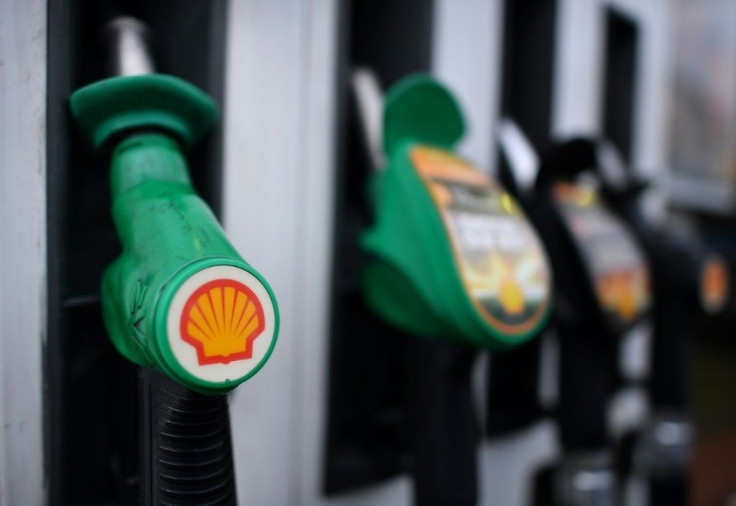IEA Warns Global Oil Demand Will Contract More Than Expected This Year Due To Ongoing COVID Impact

KEY POINTS
- IEA said global demand will shrink to 91.1 million barrels per day, a drop of 8.1 million barrels per day year-over-year
- For 2021, IEA lowered its global oil demand expectation by 240,000 barrels per day to 97.1 million barrels per day
- Crude prices are down by more than 25% year-to-date
The International Energy Agency, or IEA, warned on Thursday that the COVID-19 pandemic will cut global energy demand even more than it previously expected.
The virus outbreak “has cast a long shadow” over oil demand, the IEA said.
In its monthly oil market report, the Paris-based group now projects global demand will shrink to 91.1 million barrels per day, a drop of 8.1 million barrels per day year-over-year – and a reduction of 140,000 barrels per day from its estimate last month.
For 2021, IEA lowered its global oil demand expectation by 240,000 barrels per day to 97.1 million barrels per day.
IEA attributed the declines to still-high COVID-19 infection rates and weak recovery in the transportation industry, particularly the airlines.
“Recent mobility data suggest the recovery has plateaued in many regions, although Europe, for now, remains on an upward trend,” the IEA said. “For road transport fuels, demand in the first half of 2020 was slightly stronger than anticipated, but for the second half we remain cautious and the upsurge in COVID-19 cases has seen us downgrade our estimates, mainly for gasoline.”
Noting that activity in the aviation industry – as measured by passenger-kilometers -- was still down by two-thirds in July from normal levels, IEA added that the virus “continues to impact road transport as people avoid nonessential trips and working from home remains the norm in much of the West.”
Crude prices have jumped from historic lows in April, but they are still down by more than 25% year-to-date.
Projections about global oil supply are more complex and are heavily influenced by the actions of the Organization of the Petroleum Exporting Countries, or OPEC.
Interestingly, IEA indicated that global demand exceeded supply in June (as some major producers cut their output). But in July supply rose – thereby again pressuring prices.
On the whole, the global oil supply rose by 2.5 million barrels a day in July, as Saudi Arabia ended its voluntary production cuts. Moreover, OPEC and Russia (otherwise known as OPEC-plus) agreed to scale back earlier production cuts, effective Aug. 1. This decision will add about 2 million barrels a day into the overall market.
But IEA still said it expects global oil supply to fall by 7.1 million of barrels per day in 2020 and increase by 1.6 million of barrels per day next year.
“Ongoing uncertainty around demand caused by COVID-19 and the possibility of higher output means that the oil market’s re-balancing remains delicate,” IEA added.
Global oil companies –including Exxon-Mobil (XOM) and BP plc (BP) -- have reported historic losses in the second quarter amid an unprecedented decline in demand.
Reuters reported that on Wednesday OPEC said it expected global oil demand to fall by 9.06 million barrels per day this year (above the 8.95 million barrels per day decline it estimated last month)
As of 8:20 a.m. EDT, West Texas Intermediate and Brent crude futures were largely unchanged.
“The oil market enjoys some calm summer weeks, seemingly taking a break from the turbulent times earlier this year,” said Norbert Rucker, an analyst at Swiss bank Julius Baer.
© Copyright IBTimes 2025. All rights reserved.





















